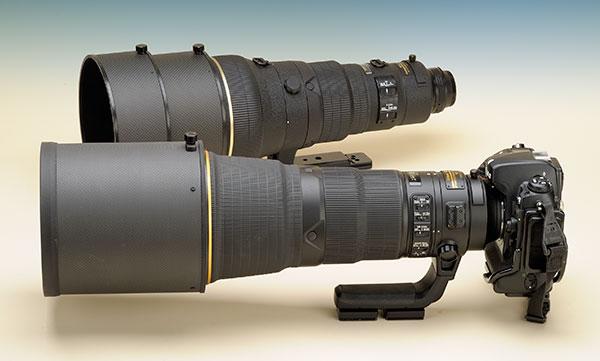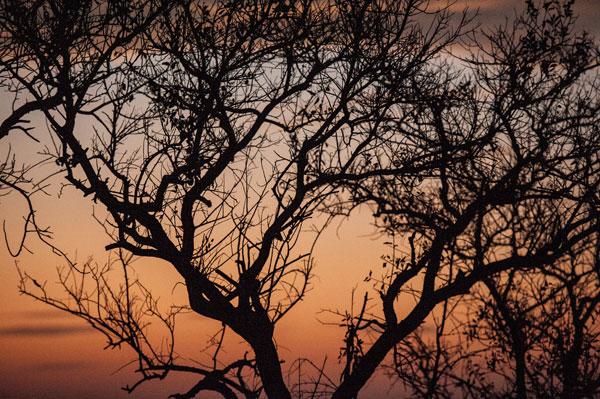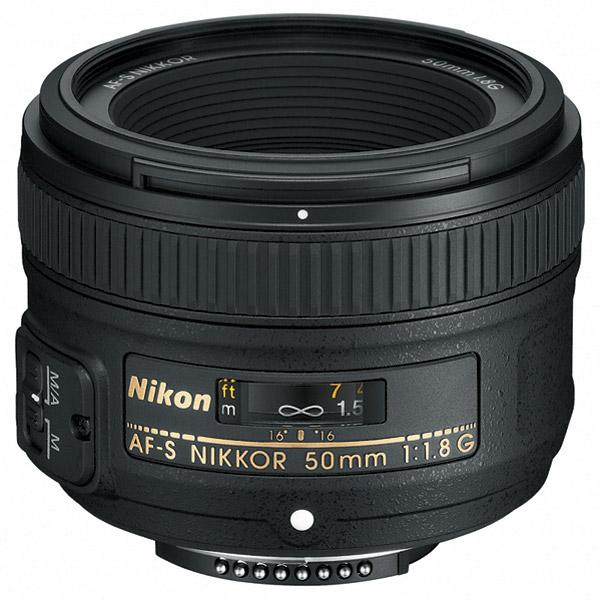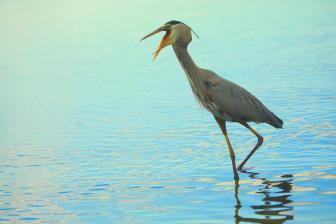Stan Trzoniec
|
Jun 08, 2015
|
Jul 18, 2014 |
First Published: Jun 01, 2014
|
Jan 28, 2014 |
First Published: Dec 01, 2013
|
Aug 06, 2013 |
First Published: Jul 01, 2013
|
Jun 06, 2012 |
First Published: May 01, 2012
|
May 16, 2012 |
First Published: Apr 01, 2012
|
Sep 09, 2011 |
First Published: Aug 01, 2011
|
Jul 20, 2011 |
First Published: Jun 01, 2011











